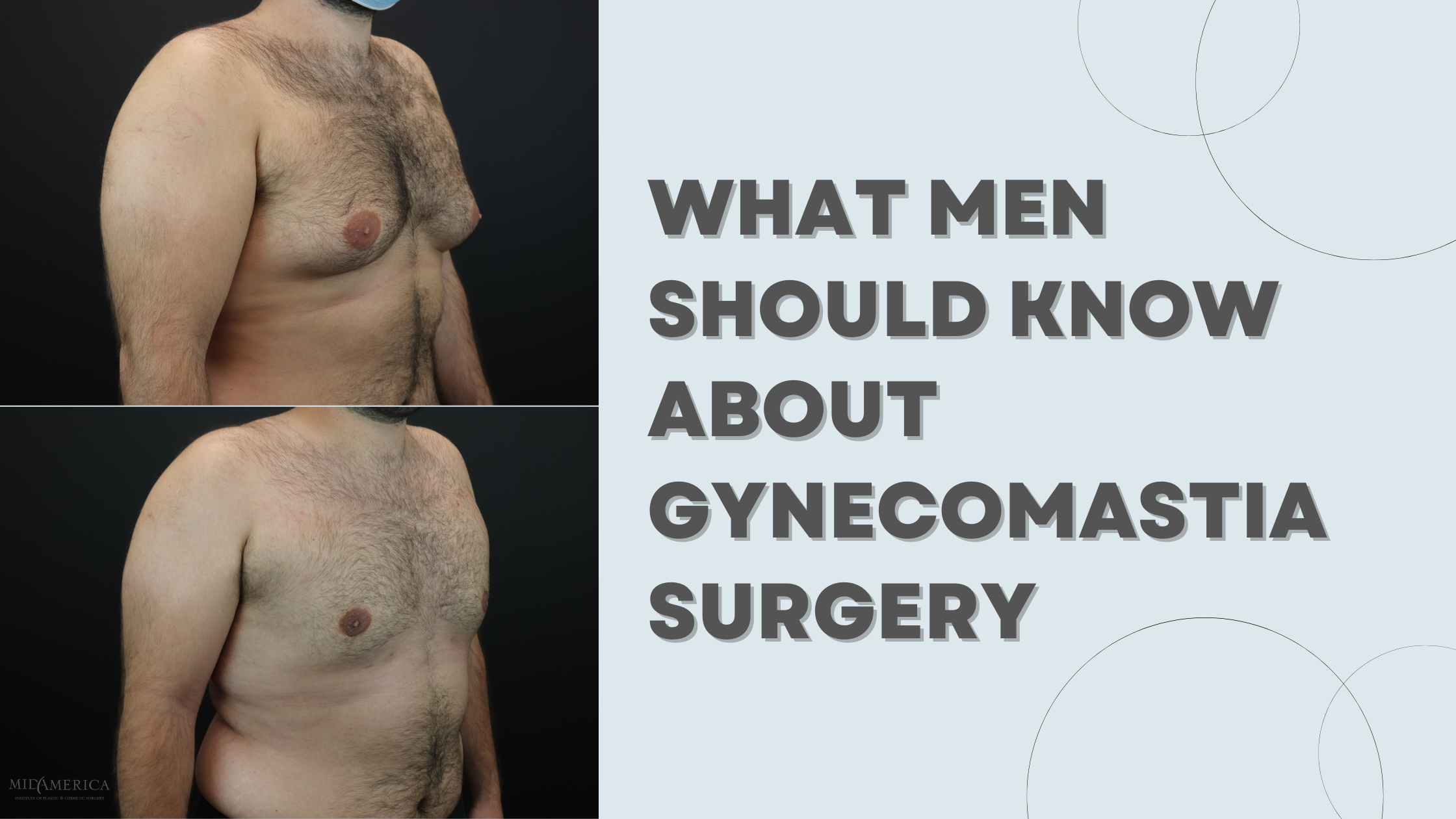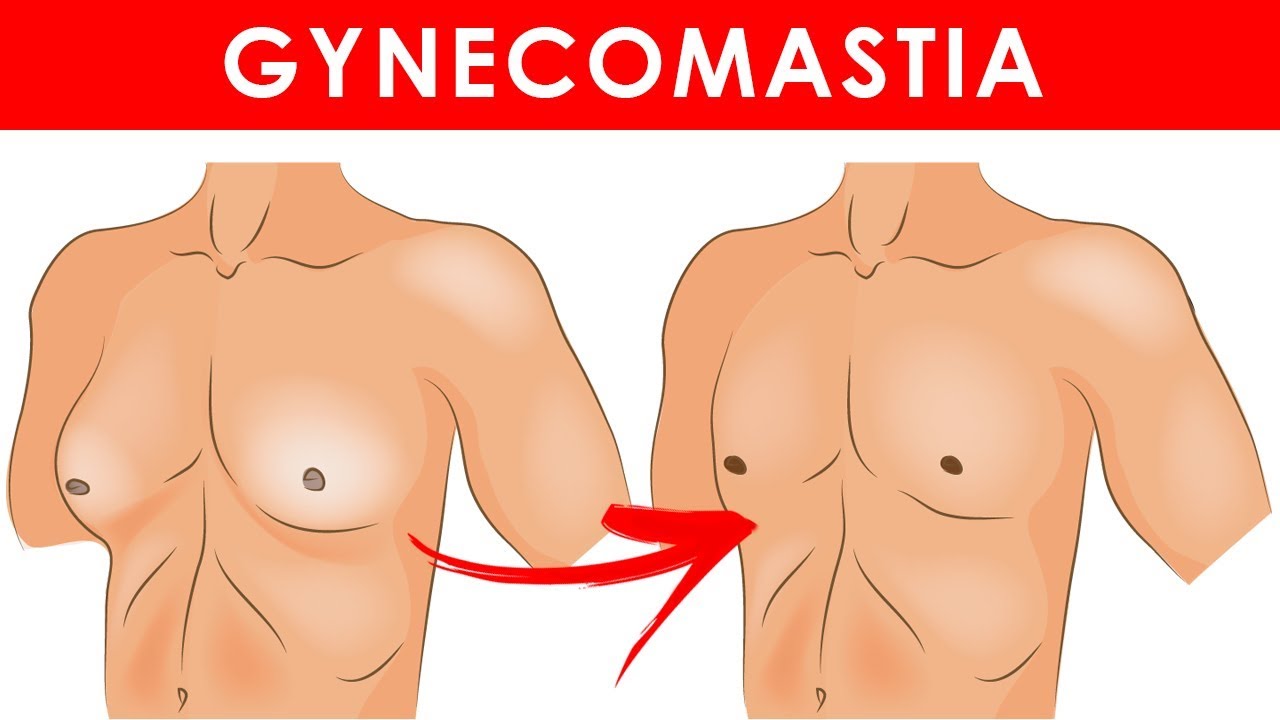Gynecomastia Non Surgical Treatment
by Admin
Posted on 10-12-2024 01:29 PM

Understanding Gynecomastia
Before diving into the non-surgical treatment options, it's essential to understand what gynecomastia is and what causes it. Gynecomastia is not just a matter of excess fat; it involves the growth of actual breast tissue, which can be tender and may cause discomfort. The condition can be caused by hormonal imbalances, particularly an excess of estrogen relative to testosterone, certain medications, and a variety of medical conditions. Understanding the underlying cause of gynecomastia is crucial for determining the most effective treatment approach.
Non-Surgical Treatment Options
Non-surgical treatments for gynecomastia aim to reduce the appearance of breast tissue without the need for surgical intervention. These treatments can range from medication to lifestyle changes and may include the use of selective estrogen receptor modulators (SERMs), aromatase inhibitors, and clomiphene. Additionally, radiofrequency and low-level laser therapy have been explored for their potential in reducing breast tissue. The choice of treatment depends on the severity of the condition, the patient's overall health, and their personal preferences.
Medications for Gynecomastia
Medications are often the first line of treatment for gynecomastia, especially when the condition is caused by hormonal imbalances. SERMs, such as tamoxifen and raloxifene, work by blocking estrogen receptors in breast tissue, thereby reducing its growth. Aromatase inhibitors, on the other hand, decrease the production of estrogen in the body. Clomiphene, a medication that stimulates the production of testosterone, can also be effective in treating gynecomastia by improving the balance between estrogen and testosterone.
Lifestyle Changes
For some individuals, making certain lifestyle changes can help alleviate the symptoms of gynecomastia. Losing weight, if the individual is overweight, can reduce the appearance of breast tissue. Additionally, avoiding substances that can exacerbate gynecomastia, such as anabolic steroids and certain medications, is crucial. A healthy diet and regular exercise can also contribute to overall hormonal balance and may help mitigate the condition.
Advanced Non-Surgical Techniques
Recent years have seen the development of advanced non-surgical techniques aimed at reducing breast tissue in men. These include the use of radiofrequency and low-level laser therapy, which can help in tightening the skin and reducing the volume of breast tissue. While these methods are promising, more research is needed to fully understand their efficacy and potential side effects.
Considerations and Risks
While non-surgical treatments for gynecomastia can be effective, they are not without considerations and risks. Medications can have side effects, and not all individuals may respond equally well to treatment. Lifestyle changes, while beneficial for overall health, may not significantly reduce breast tissue in all cases. Advanced non-surgical techniques, being relatively new, may have unforeseen long-term effects. It's crucial for individuals considering these treatments to consult with a healthcare provider to discuss the potential benefits and risks.
Choosing the Right Treatment
Choosing the right non-surgical treatment for gynecomastia depends on several factors, including the severity of the condition, the patient's health status, and personal preferences. What works for one individual may not work for another, making personalized treatment plans essential. Consulting with a healthcare provider who has experience in treating gynecomastia can help individuals make informed decisions about their care.
Conclusion
Gynecomastia non-surgical treatment options offer a viable alternative to surgery for many men. From medications that target hormonal imbalances to lifestyle changes and advanced non-surgical techniques, there are several approaches to consider. While these treatments can be effective, it's essential to approach them with a clear understanding of their potential benefits and limitations. By working closely with a healthcare provider, individuals can find a treatment plan that meets their unique needs and helps them achieve their goals.
Understanding the Procedure
For individuals suffering from gynecomastia, a condition characterized by the enlargement of breast tissue in men, male breast reduction surgery can be a viable solution to restore a more masculine chest appearance, thereby enhancing self-confidence and overall quality of life.
FAQs
What is the most common cause of gynecomastia?
The most common cause of gynecomastia is a hormonal imbalance, particularly an excess of estrogen relative to testosterone.
Are non-surgical treatments for gynecomastia always effective?
No, non-surgical treatments for gynecomastia are not always effective. Their success depends on the underlying cause of the condition, the severity of the condition, and the individual's response to treatment.
Can lifestyle changes alone treat gynecomastia?
For some individuals, especially those with mild gynecomastia, lifestyle changes such as weight loss and avoiding certain substances can help alleviate symptoms. However, for many, additional treatments may be necessary.
How long do non-surgical treatments for gynecomastia take to show results?
The time it takes for non-surgical treatments to show results can vary widely depending on the treatment and the individual. Some medications may start to show effects within a few months, while lifestyle changes and advanced non-surgical techniques may take longer.
Are non-surgical treatments for gynecomastia covered by insurance?
Coverage for non-surgical treatments of gynecomastia can vary depending on the insurance provider and the specific treatment. It's best to check with the insurance provider to determine the extent of coverage.
Can non-surgical treatments be used in conjunction with surgery?
In some cases, non-surgical treatments may be used in conjunction with surgery to achieve the best results. This approach can be particularly beneficial for individuals with significant breast tissue who also desire skin tightening.
Michael Law MD Aesthetic Plastic Surgery
10941 Raven Ridge Rd #101,
Raleigh, NC 27614,
919-256-0900
